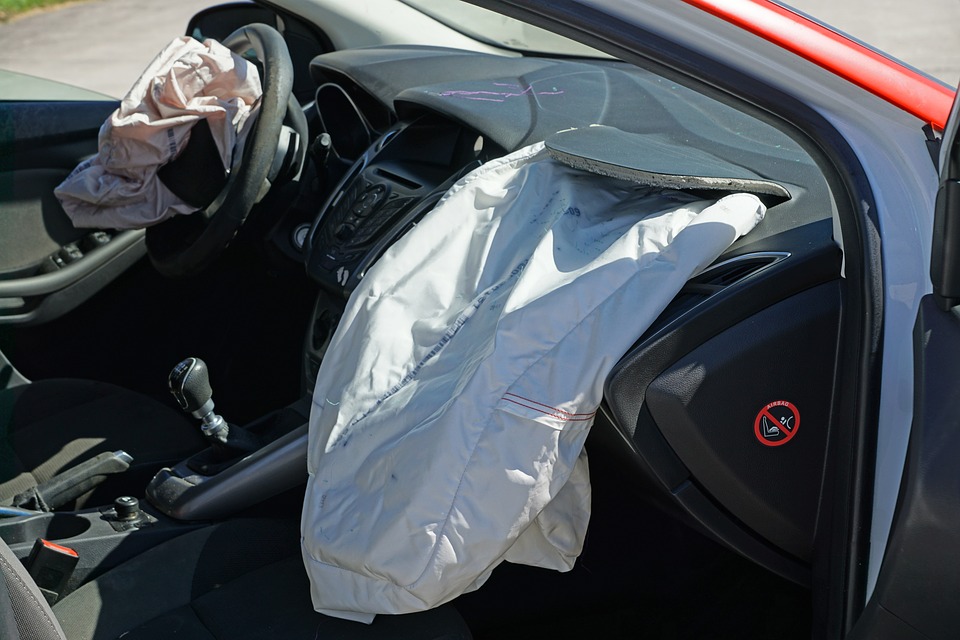
Subacromial Shoulder Impingement?
Subacromial Impingement of the shoulder is a type of rotator cuff problem.
These account for about half of all shoulder problems.
Bear with me briefly while I explain a little shoulder anatomy that will help you get a better idea of what happens in a shoulder impingement.
The 4 muscles (including the supraspinatus) that help stabilize, raise, and lower the arm are called the rotator cuff. The rotator cuff sits under the top of the shoulder’s acromion. The subacromial bursa sits in the space between the acromion and the rotator cuff tendons. The bursa is a fluid filled sac that allows for smooth gliding of the rotator cuff under the acromion with overhead movements of the shoulder.
An impingement occurs through different means including injury of the supraspinatus muscle, the ac joint (acromioclavicular) that sits on top of the shoulder, and inflammation of the subacromial bursa.
Shoulder Impingements In Whiplash Injuries.
A 2008 study published in Journal of Orthopedic Surgery, “Subacromial Impingement In Patients With Whiplash Injury To The Cervical Spine” finds that shoulder injuries are fairly common and are commonly missed in whiplash injuries.
Researchers examined 220 people with whiplash type neck injuries. All 220 patients were evaluated for clinical evidence of shoulder impingement.
Surprisingly, here’s what they found…
- 26% had shoulder pain after their motor vehicle injury.
- 5% had an impingement syndrome on examination.
- 27% of those with a clinically documented impingement syndrome had been diagnosed with an impingement, meaning that the diagnosis was missed by the treating physician.
- The seat belt supported shoulder was involved in 83% of the subjects.
- The authors reported that a large number of post whiplash patients have shoulder pain, and many have a treatable injury such as impingement syndrome.
- They report the diagnosis is often (73% were missed in the study) overlooked and that shoulder pain is often attributed to pain radiating from the neck by the treating physician.
- They also suggest the shoulder harness is one possible explanation for the injury with the seat belt supported shoulder most often involved.
Conclusions Taken Directly From The Article:
“After a neck injury a significant proportion of patients present with shoulder pain, some of whom have treatable shoulder pathology such as impingement syndrome.
The diagnosis is, however, frequently overlooked and shoulder pain is attributed to pain radiating from the neck resulting in long delays before treatment.
It is important that this is appreciated and patients are specifically examined for signs of subacromial impingement after whiplash injuries to the neck.
Direct seatbelt trauma to the shoulder is one possible explanation for its aetiology.”
A Proper Evaluation and Diagnosis Is The Key For The Person To Get Better.
This study does make you wonder why the most common shoulder injury is so often missed?
It also really begs the question, what else is missed when evaluating whiplash injured people?
The challenge is that the injured person needs to be evaluated by the right doctor who understands whiplash type injuries and musculoskeletal care.
Frequently people injured in a car accident are seen by ER, Urgent Care, or Family Doctors. These types of motor vehicle injuries are not what these doctors are best at evaluating.
An obvious excellent choice for someone involved in a car accident would be to be evaluated by a chiropractor whose primary training and practice is evaluating and treating musculoskeletal pain and injuries, especially one who has substantial experience in treating people involved in car accidents.
There was an interesting article that looked at musculskeletal competency in various types of healthcare providers including MDs, DCs (chiropractors), and PTs (physical therapists). Check out the shocking results of a basic musculoskeletal compentency exam here.
Of course the problem is that injured people aren’t properly diagnosed if a shoulder injury is missed. This might have some importance for any medical-legal issues…
The more important problem though is that the injured person isn’t properly treated.
The missed injuries could get treatment but if the treating doctor doesn’t even know they’re there, then obviously they aren’t treated.
It should also be noted that most shoulder injuries from crashes aren’t surgical.
They are very often injuries that respond well to conservative care like what we do at our Texarkana Clinic with chiropractic, therapy, and rehabilitation.
If you or someone you know has been in a Texarkana Car Accident, contact us, we’re here to help!
Dr. Hagebusch, a Texarkana Chiropractor, has successfully treated 1000’s of Texarkana area residents who have been injured in motor vehicle accidents.
Reference:
 Protected by Patchstack
Protected by Patchstack
Leave a Reply